The three Stages of the Viking Age—Cruises to Scotland, Ireland, England and other Countries—Norse Kingdom in Ireland
It is but natural that the ancient Norwegians should become warlike and brave men, since their firm religious belief was that those who died of sickness or old age would sink down into the dark abode of Hel (Helheim), and that only the brave men who fell in battle would be invited to the feasts in Odin’s Hall. Sometimes the earls or kings would make war on their neighbors, either for conquest or for revenge. But a time came when the countries of the north with their poorly developed resources became overpopulated, and the warriors had to seek better fields abroad. The viking cruises commenced, and for a long time the Norwegians continued to harry the coasts of Europe.
At first the viking expeditions were nothing but piracy, carried on for a livelihood. The name Viking is supposed to be derived from the word vik, a cove or inlet on the coast, in which they would harbor with their ships and lie in wait for merchants sailing by. Soon these expeditions assumed a wider range and a wilder character, and historians of the time paint the horrors spread by the vikings in dark colors. In the English churches they had a day of prayer each week to invoke the aid of heaven against the harrying Northmen. In France the following formula was inserted in the church prayer: “A furore Norman norum libera nos, o Domine!” (Free us, O Lord, from the fury of the Northmen!)
Gradually the viking life assumed a nobler form. There appear to be three stages or periods in the viking age. In the first one the vikings make casual visits with single ships to the shores of England, Ireland, France or Flanders, and when they have plundered a town or a convent they return to their ships and sail away. In the second period their cruises assume a more regular character, and indicate some definite plan, as they take possession of certain points, where they winter, and from where they command the surrounding country. During the third period they no longer confine themselves to seeking booty, but act as real conquerors, take possession of the conquered territory and rule it.
In the latter part of the eighth century the vikings first found their way across the North Sea to the islands north of Scotland. In 787 they landed for the first time on the British coast. In that year it is recorded in the English annals that Norwegians came in three ships and committed great ravages on the coasts of Wessex. Six years later they attacked Northumberland, where they caused even greater ruin. They especially plundered churches and cloisters. Soon they extended their plundering expeditions to the northern coast of France, where the powerful emperor Charlemagne was then the ruler. They made only small progress as long as he lived, but during the reigns of his weak successors they made havoc along the coasts of France, and also forced the Straits of Gibraltar and made unwelcome visits to the countries on the Mediterranean. Some of the French kings knew no better remedy than to pay the vikings great sums of money to keep them away from the country. Thus King Charles the Baldheaded paid in the year 846 a sum of 7,000 pounds of silver, and in 877 a further sum of 5,000 pounds, for this purpose.
The Northmen, by their viking expeditions, early took possession of the Orkneys, the Shetland Islands, the Hebrides and the Faroe Islands. In going westward to these islands they were sometimes driven out of their course, and thus Nadodd, who was on his way to the Faroe Islands, was driven far to the north and northwest and found a large uninhabited country, which was afterward called Iceland.
The vikings often came to Ireland, and about the year 837 they succeeded, under the leadership of the chieftain Thorgeisl, in establishing a kingdom at Dublin, which they strongly fortified. Thorgeisl appears to have ruled in Ireland until about 846, when he was drowned. A more permanent kingdom was established by Olaf the White, who took possession of Dublin and the surrounding country in 852. The dominion in Dublin of the Norwegians is supposed to have lasted for three and a half centuries.
As to the influence of the Northmen on the development of the countries visited by them during the later Viking periods, the eminent English writer Samuel Laing, the translator of the “Heimskringla,” or the Sagas of the Norse kings, says:
“All that men hope for of good government and future improvement in their physical and moral condition—all that civilized men enjoy at this day of civil, religious and political liberty—the British constitution, representative legislation, the trial by jury, security of property, freedom of mind and person, the influence of public opinion over the conduct of public affairs, the Reformation, the liberty of the press, the spirit of the age—all that is or has been of value to man in modern times as a member of society, either in Europe or in the New World, may be traced to the spark left burning upon our shores by these northern barbarians.”
Read next: The authentic history begins with Halfdan the Swarthy
Author: Sigvart Sörensen


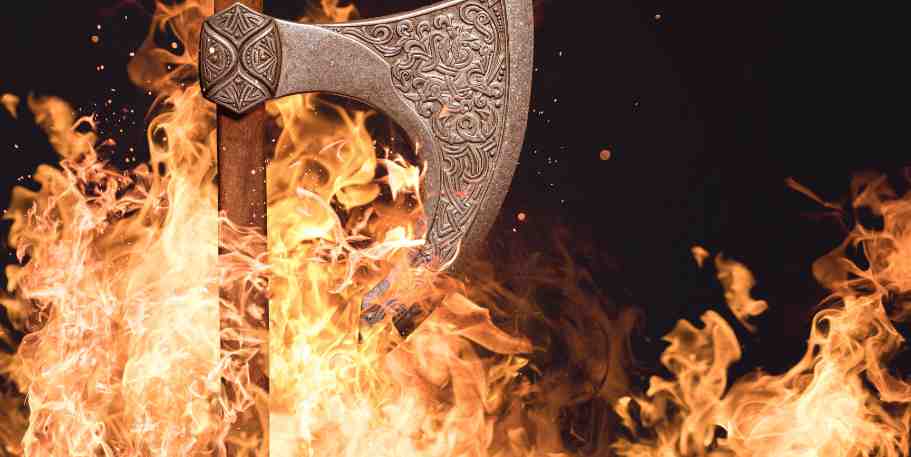

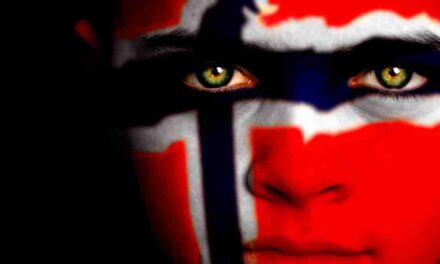
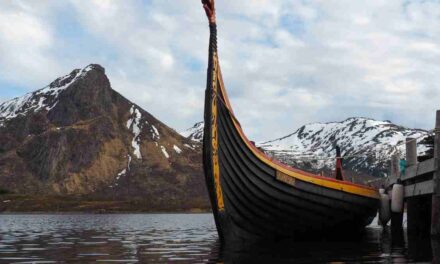

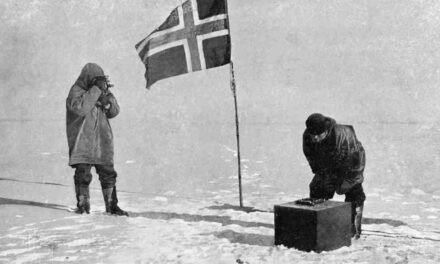




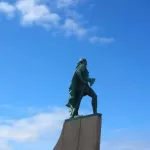
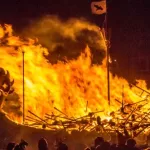

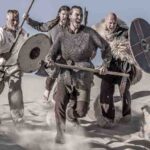
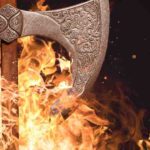
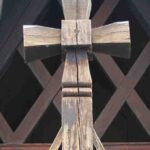

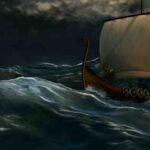
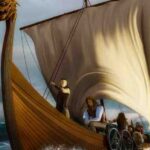
Trackbacks/Pingbacks